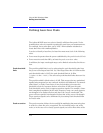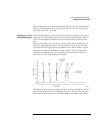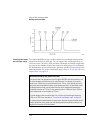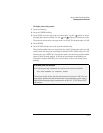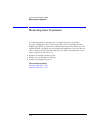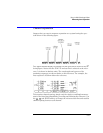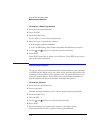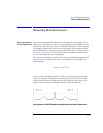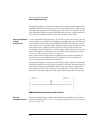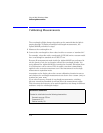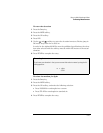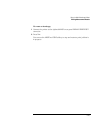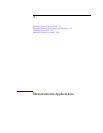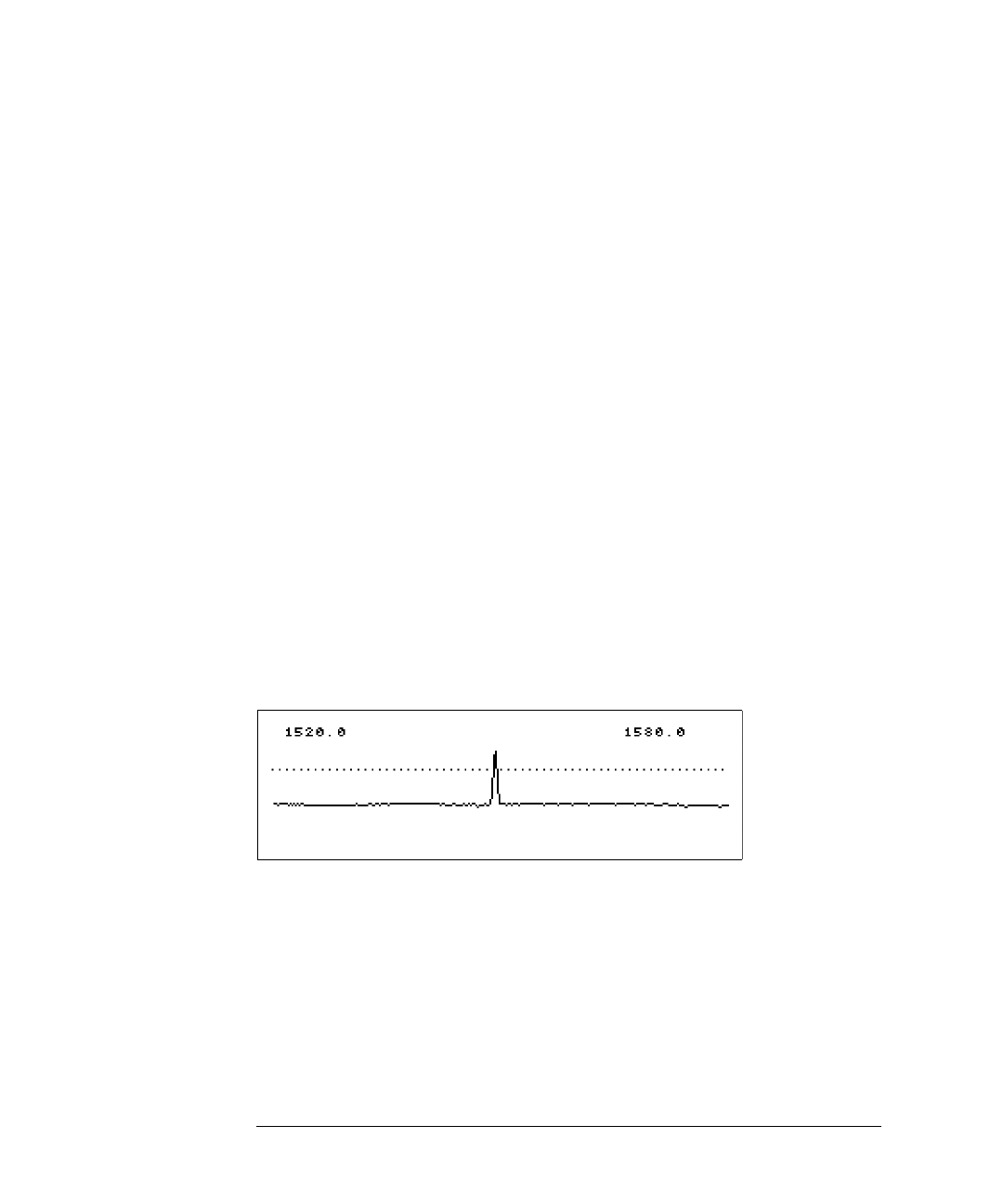
2-24
Using the Multi-Wavelength Meter
Measuring Modulated Lasers
The graphical display is useful for locating these spurious wavelengths. Their
amplitude will be below that of the correct wavelength and they will be broad,
rounded peaks compared to the sharp peak of the correct wavelength. Use the
Peak Threshold function to place the dotted line above the spurious peaks so
they will not be displayed in the List by WL or List by Power table.
Lasers modulated
at high
frequencies
A laser modulated at high frequency (in the RF or microwave range) can also
cause spurious wavelengths to be displayed, especially when the modulation is
of a repetitive nature such as that of PRBS or SONET digital formats. In gen-
eral, no spurious wavelengths will be displayed using preset instrument condi-
tions. The preset condition includes peak excursion, peak threshold, and
wavelength range limiting. However, increasing peak threshold can cause spu-
rious wavelengths to be displayed. To control the wavelength range, refer to
“To use the full wavelength range” on page 2-8.
Even when the laser being tested is modulated with repetitive formats, the
carrier’s correct wavelength and power is displayed; the wavelength and
power of the spurious sidebands are incorrect.
The graphical display is useful to see the effects of high frequency modulation.
Without modulation, the noise floor is typically 45 dB below the laser power. In
general, high frequency modulation will raise the noise floor to about 25 dB
below the laser power. The noise floor is typically flat, or white. The actual
level of the noise floor depends on the type of data format and the data rate.
PRBS modulation graph showing raised noise floor.
Directly
modulated lasers
Directly modulated lasers exhibit a linewidth that is broadband. To measure
directly modulated lasers, refer to “Measuring broadband devices and chirped
lasers” on page 2-10.



